Nerves form a complex network of long structures that transmit messages between your brain and the rest of your body. Nerve roots descend from your brain via your spinal canal, and exit between their respective vertebrae. From there, they branch off to innervate tissues, organs and systems throughout your body, and to relay messages back to the brain from peripheral tissues.
Sometimes nerves can become compressed or entrapped (pinched) by other structures, preventing them from gliding freely among bones, organs, muscles and connective tissues, and causing pain and dysfunction. Nerve compression is a symptom of a more complex musculoskeletal disorder, and treating pain symptoms alone is not enough to permanently resolve the problem.
The term “pinched nerve” is a non-clinical misnomer, contributing to a general misunderstanding of nerve-generated pain. Pain can arise from nerves being stretched, compressed, entrapped, irritated or pinched in more than one place – a condition called double crush syndrome.
Nerve compression is often downstream of physiological changes that disrupt optimal biomechanics. Alterations in joint alignment due to weak and/or inelastic muscles, poor posture, densified fascia and traumatic injury can all interfere with nerve gliding, causing tension, friction, compression and entrapment.
Nerves can become obstructed anywhere in the body, and the possibility of nerve compression should be considered whenever a patient presents with pain, weakness, numbness, tingling, and other nerve-related symptoms..
It is important to note that nerves can be compressed without producing pain symptoms. In such cases, your brain may compensate by altering your alignment or diverting muscle recruitment patterns to allow the nerve to decompress. Asymptomatic pinched nerves do not generate pain at the site of entrapment, but the patient may experience pain anywhere proximal to the area of compression due to compensatory alterations.
In the lumbar region, pain can arise from spinal entrapment of nerve roots, or from nerve compression or entrapment in the subgluteal space – a condition called subgluteal space syndrome.
Nerves can also be compressed at their roots by spinal structures, either by a bulging or herniated disc, or by the joint facets – a condition called radiculopathy. Pinched nerves in the spine often resolve themselves over time as disc inflammation abates and spinal mechanics improves.
or
NYDNRehab Clinical Director Dr. Lev Kalika is a nerve specialist and a leading expert in neuromuscular and myofascial disorders. He has developed his own proprietary approach to clinically examine and diagnose nerve-related disorders. Dr. Kalika’s holistic and integrative approach to patient care are at the core of his success as a pinched nerve specialist.
Dr. Kalika uses the most advanced diagnostic ultrasound equipment to examine neural bodies along their entire path, to identify nerves that are obstructed or entrapped in fascial tunnels. Dr. Kalika’s expertise in diagnostic ultrasonography is well-recognized among the scientific community, and he has published multiple peer-reviewed papers on the topic.
Dr. Kalika is an expert in multiple advanced therapies, including neuromodulation, extracorporeal shockwave therapy, and Stecco fascial manipulation therapy, all guided by ultrasound imaging to ensure precision. Ultrasound-guided procedures and diagnostics are all performed on-site at the clinic, saving patients time and money, and expediting the healing process.
With over 20 years of hands-on clinical experience, Dr. Kalika has raised the bar in rehabilitative medicine by embracing cutting-edge technologies that take the guesswork out of diagnosis, and innovative therapies that accelerate rehabilitation.
The NYDNRehab clinic features some of the most advanced rehabilitative and regenerative technologies currently available.
A nerve becomes impinged when another structure in the body gets in its way, preventing it from gliding freely. Because nerves are long structures, impingement can occur anywhere along the nerve’s path, and the site of entrapment may be distal to the locus of pain.
Many doctors focus on managing pain symptoms without taking measures to release the entrapped nerve, and patients are often referred to a neurologist for an electromyography nerve conduction study. However, this is only useful in cases of true neuropathy. In most cases, nerve pain is due to nerve compression, without damage to the nerve itself.
The best pinched nerve diagnosis involves a combination of a clinical diagnostic exam with precise muscle strength testing and special nerve entrapment tests, confirmed with diagnostic ultrasonography. Our high resolution ultrasound equipment lets us visualize nerves along their entire path in real time, to find the exact point of obstruction.
Compared to other diagnostic tests, ultrasound can help to:
Even with positive results from an electrodiagnostic test, diagnostic ultrasonography can help to uncover the underlying causes of nerve damage. Once we understand where and how the nerve is being obstructed, we create a personalized treatment protocol based on your unique profile, to get to the source of your pinched nerve pain and fix it for good.
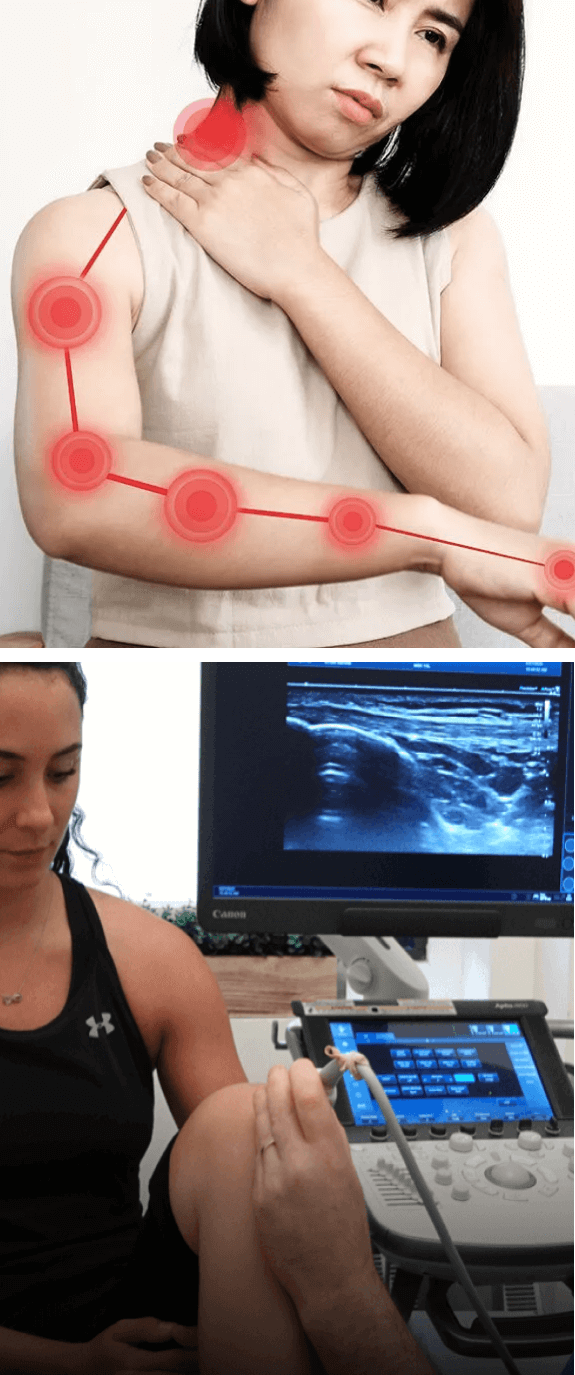
At NYDNRehab, we use the highest resolution diagnostic ultrasonography available, to closely examine the nerves and their surrounding structures. Ultrasound enables us to view the entire length of entrapped nerves in real time. Ultrasound imaging takes the guesswork out of pinched nerve diagnosis, enabling us to identify the exact site of entrapment and the tissues and structures involved.
Ultrasound imaging takes place in the comfort of our clinic on your very first visit. Quick and accurate diagnosis means you can begin therapy right away, with no wait time for lab results.
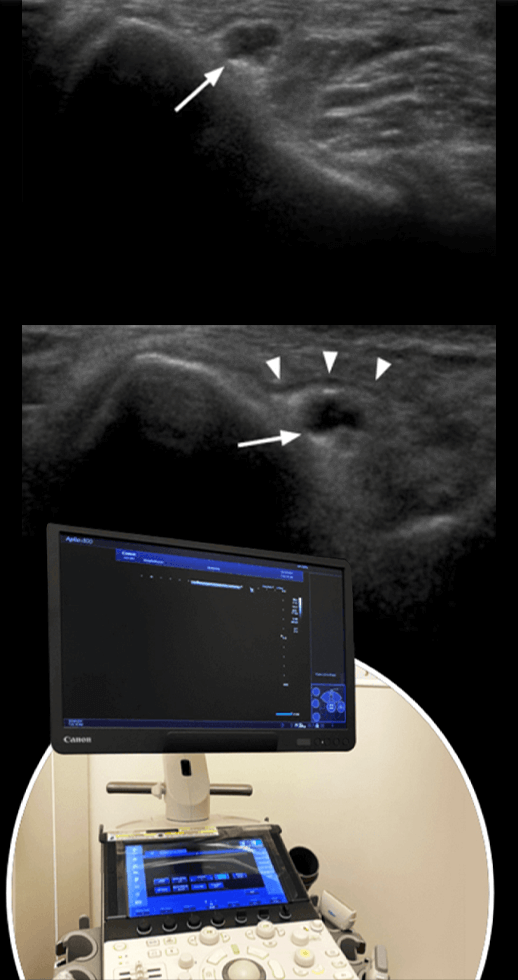

Most people take everyday mobility for granted until an injury occurs or pain sets in. Sometimes pain and reduced mobility seem to arise out of nowhere, with no apparent cause of onset. Regardless of whether your pain is caused by trauma or by something less obvious, tensegrity plays a key role.
Tensegrity refers to tensile integrity – a state where a system of individual components is held together under continuous elastic tension. In the human body, tensegrity is created by the myofascial system, the network of muscles and fascia that work together to produce, control, and guide forces, and to hold the body’s various organs and structures in place during movement.
Tensegrity can be disrupted when myofascial tissues are injured or damaged in some way. When that happens, nerves and blood vessels can become entrapped, preventing them from gliding among other structures and producing pain. At the same time, the elastic tension that governs joint alignment and controls movement becomes compromised, creating motor deficits that undermine mobility and stability.
Many doctors do not understand the crucial role of the myofascial system in preventing pain syndromes, movement disorders, and disease. In fact, most medical doctors have no idea how to correct myofascial dysfunction or even recognize it as a factor. They simply treat pain symptoms with medications and eventually recommend surgery.
At NYDNRehab, we understand that the body’s systems work together as an integrated whole, and that treating pain is not enough to eliminate its source. We use dynamic high-resolution ultrasound to explore the myofascial system in real time. Ultrasound imaging lets us visualize muscles, fascia, nerves and other structures in motion, to identify places where tensegrity has been disrupted.
Once we identify the problem, we use the most advanced therapeutic approaches to restore myofascial integrity and promote tissue healing.
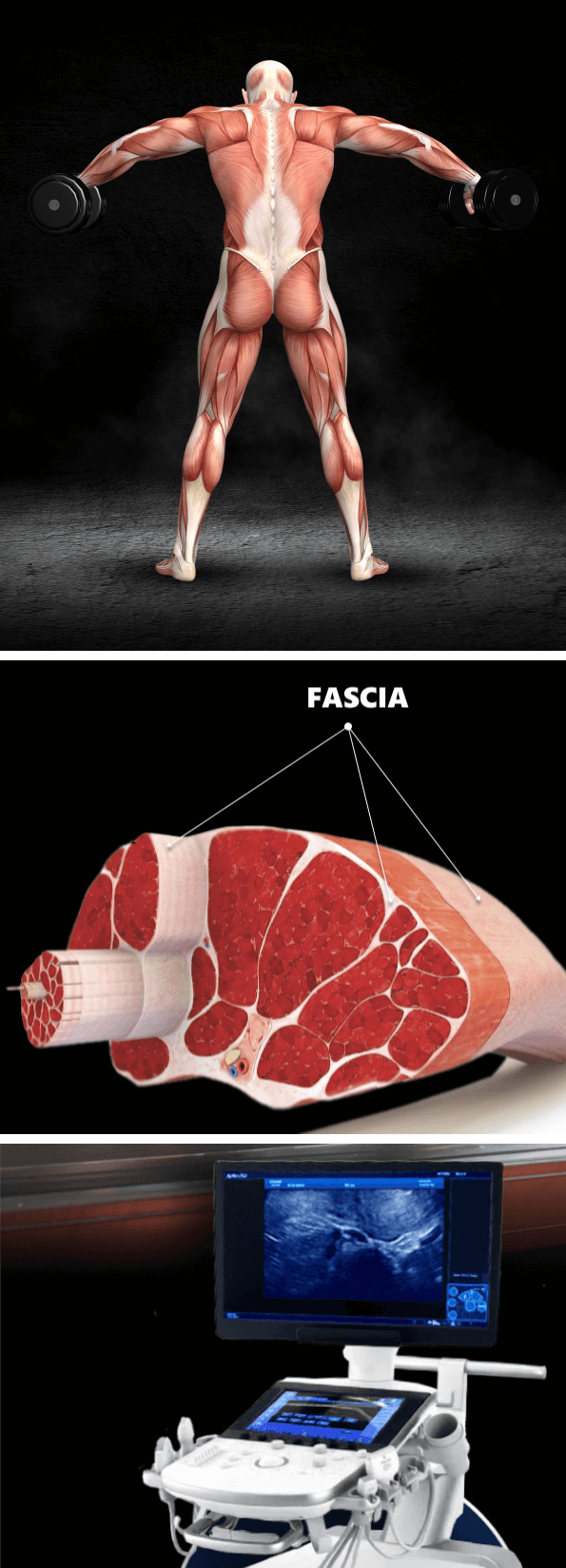
Identifying and treating underlying issues prior to beginning physical therapy is key to getting fast and effective results. Failure to pre-treat your condition can completely undermine your treatment protocol, and in some cases, your condition may even worsen.
At NYDNRehab, we use a broad range of regenerative technologies and integrative therapeutic approaches to resolve issues that can stand in the way of successful physical therapy. Our staff is certified in a diverse array of holistic treatment methodologies, and our one-on-one treatment sessions are personalized, based on your unique diagnostic profile.
Once we pre-treat your damaged tissues and eliminate compensation patterns, your body will be ready to begin physical therapy.
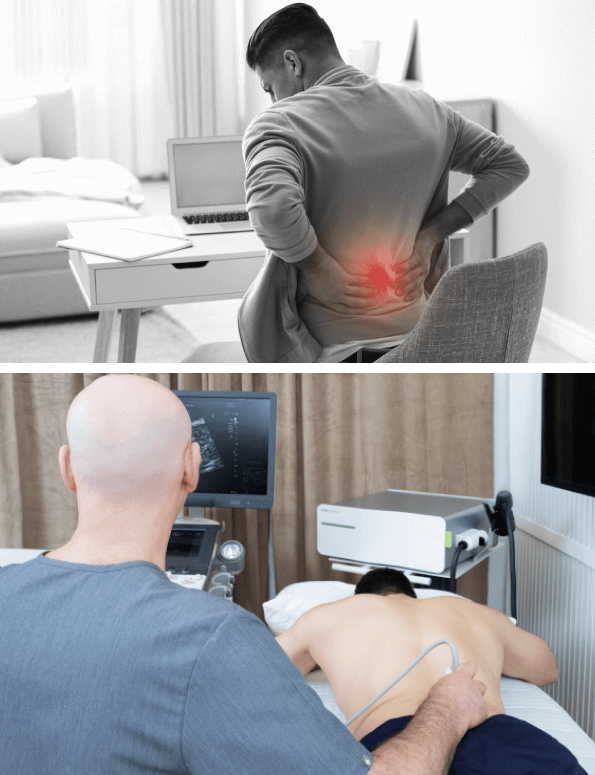
The human body is made up of integrated parts and systems, designed to work in harmony. Today’s reductionist approach to medical treatment fails to acknowledge the integral relationship between structure and function, focusing on the locus of pain without considering its broader implications.
Most injuries involve multiple structures and tissue types, and pain is only a symptom that signals your brain to protect and heal damaged tissues. It is not uncommon for an injury to stop hurting while damaged structures remain dysfunctional.
At NYDNRehab, our diagnostic process takes into account the interrelated nature of the body’s structures and systems, along with the unique anatomical characteristics of the individual patient. We use high resolution diagnostic ultrasound to visualize your injury dynamically, in real time, to determine whether structural (anatomical) changes are causing pain and dysfunction, or if dysfunction is causing structural changes.
Your ultrasound exam takes place on-site, on your first visit, where we examine multiple areas of the body in a single session – with no waiting for lab results!
The human body has its own innate healing mechanisms, but some tissues need a nudge to accelerate the healing process. Regenerative technologies help to jump-start healing by stimulating tissue repair at the cellular level. Our outpatient regenerative therapies expedite recovery with minimal discomfort for the patient.
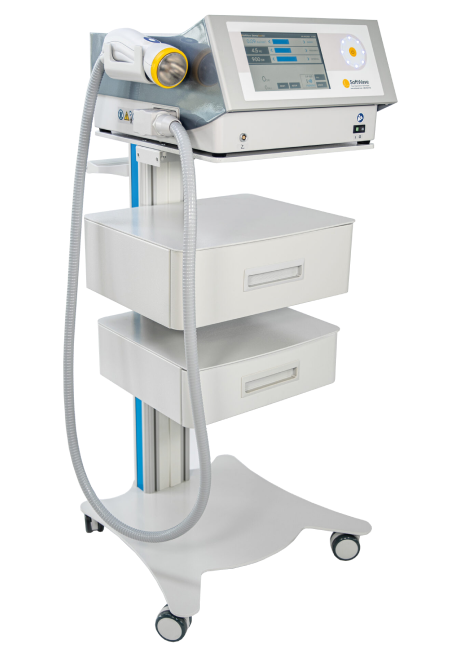
SoftWave is a groundbreaking regenerative mechanotransduction technology that accelerates tissue healing. Its patented electro-hydraulic applicator delivers high-speed soundwaves that can penetrate up to six inches in depth. SoftWave’s defocused and linear focused shockwaves recruit maximum stem cells to the treatment site to promote healing. SoftWave’s wider and deeper penetration using defocused energy is a preferred treatment option for a broad spectrum of conditions, ranging from orthopedic injuries to pelvic health. SoftWave is the only unfocused shockwave technology currently available. According to recent research, SoftWave defocused waves combined with focused and radial shockwaves have maximum regenerative potential.
MyACT is a new type of focused shockwave technology that allows for deeper compression of the focused waves. Its higher frequency allows for precise neuro modulation under ultrasound guidance, with a special linear head for treating myofascial pain. MyACT transforms the mechanical energy of shockwaves into biochemical signals that precisely target damaged tissues. Most injuries involve more than one tissue type. When used together, our advanced shockwave technologies enable us to specifically target multiple tissue types with the most effective shockwave treatment.
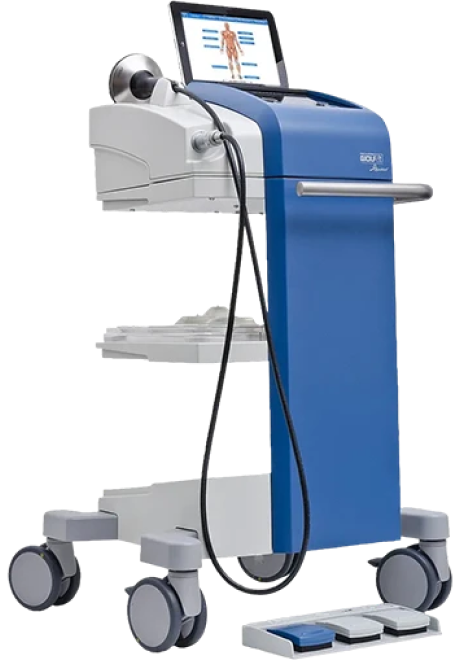

Focused ESWT is used as a regenerative treatment for damaged tendon, muscle and bone tissue. This technology produces high frequency sound waves to stimulate the body’s own reparative mechanisms. It is especially effective for chronic degenerative tendon disorders and myofascial pain syndrome.
EMTT transmits high energy magnetic pulses to targeted tissues that synchronize with the body’s own magnetic fields, triggering a regenerative response. EMTT waves can penetrate deep tissues to target difficult-to-reach tendons, muscles, bones and nerves.
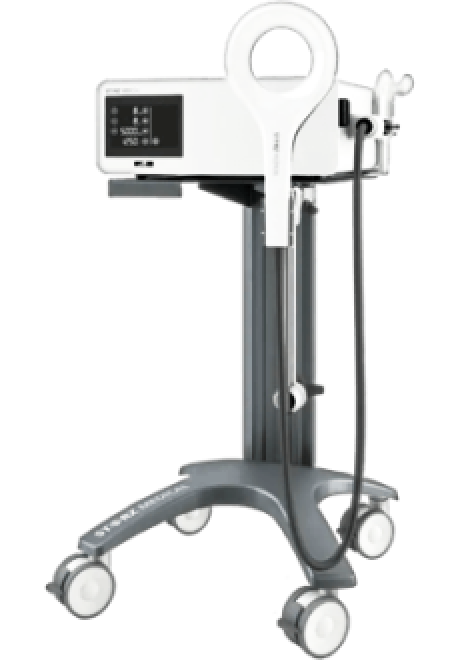
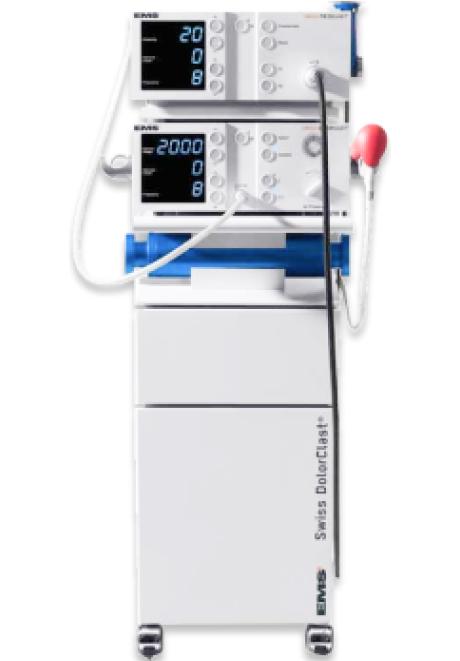
EPAT, sometimes called defocused shock wave therapy, is not a true shockwave. It uses mechanical pressure waves to enhance blood circulation, improving oxygen and nutrient delivery to muscle and fascia tissues, but has minimal regenerative properties.The mechanical properties of EPAT make it especially effective for fascial manipulation in combination with focused shockwaves. We combine EPAT with different types of shockwaves for holistic treatment, without additional cost to the patient.
HEIT delivers high-intensity magnetic pulses to peripheral nerve tissues, to stimulate neuroplasticity. We leverage this FDA-approved methodology to treat pain and regenerate nerve fibers, for enhanced motor control.
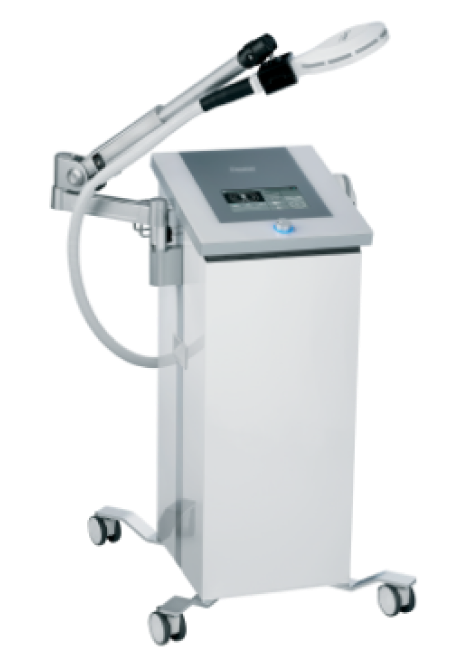
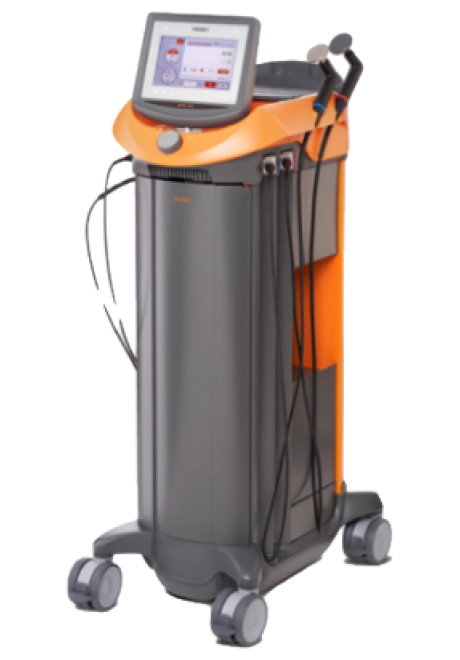
INDIBA is a form of TECAR therapy that helps to restore the ionic charge of damaged cells, for faster injury healing and rehabilitation.
NESA generates a low-frequency electrical current of intermittent and cyclical stimuli that soothes hypersensitized nerves and restores optimal signaling between the autonomic nervous system and the brain. We leverage this FDA-approved methodology to treat pain and regenerate nerve fibers, to enhance motor control.
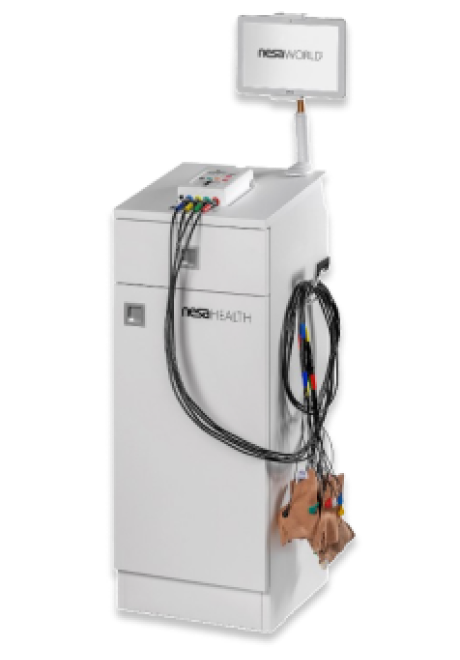
Injection therapies use orthobiologic solutions that stimulate cellular repair by either nourishing or irritating the targeted cells. Guidance by ultrasound ensures that the injected substances hit their mark, for maximum effectiveness.
SM neuromuscular electrical stimulation (NMES) dynamically interacts with the patient during therapeutic exercises, providing real-time sensory, auditory and visual biofeedback to the patient. This breakthrough technology helps patients to recalibrate muscle actions, to optimize joint function. SMNMES has helped numerous patients to avoid unnecessary shoulder, knee and ankle surgeries, even in complex scenarios.
During PENS treatment, filament-thin needles are inserted through the skin into muscle tissue adjacent to the targeted nerve. A low frequency electrical current is then delivered via the inserted needles to stimulate the dysfunctional nerve. PENS normalizes nerve activity, improves brain plasticity and optimizes muscle recruitment patterns. This therapy is so effective that patients typically need only 4-6 treatment sessions.
At NYDNRehab, we treat the whole patient, not just your symptoms. We never use one-size-fits-all rehab protocols or antiquated recovery timelines. We believe that every injury is unique, and treatment should be based on a holistic approach that factors in the patient’s unique profile.
Once we have successfully pre-treated damaged tissues, we can begin one-on-one physical therapy to restore strength and stability, optimize mobility, and re-establish optimal neuromuscular pathways and muscle coordination patterns.
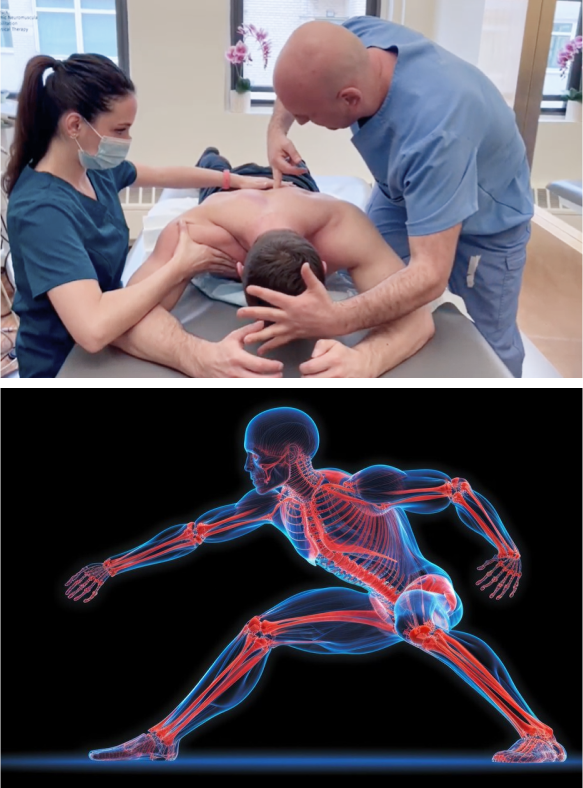
Advancements in technology are changing the game in rehabilitative medicine, enabling us to accelerate healing and restore performance at an unprecedented pace. The clinic at NYDNRehab features some of the most advanced therapeutic equipment currently available, and rarely found in private clinics.
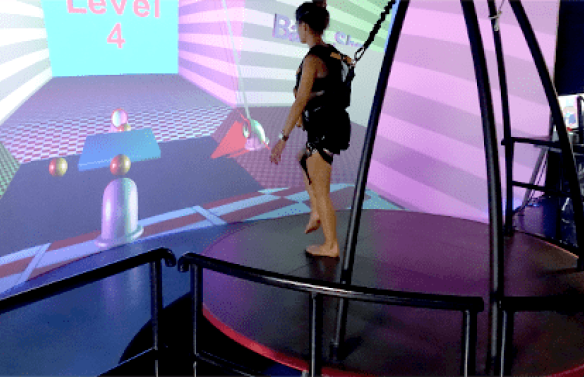
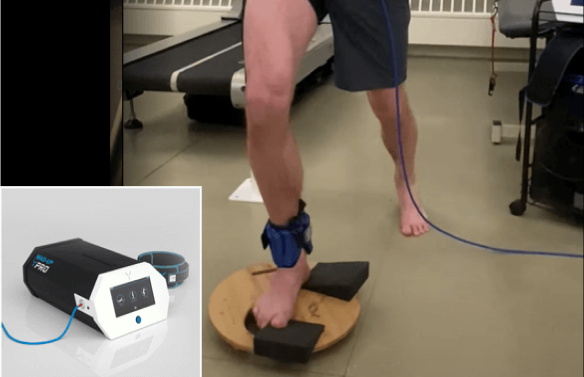
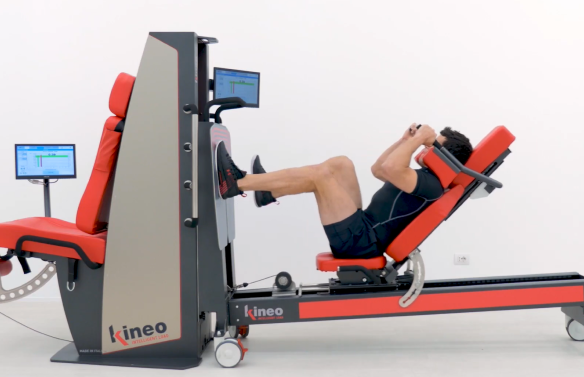
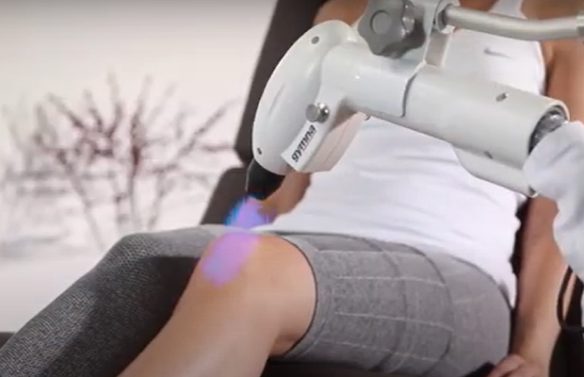
While nerves can sometimes become compressed consequent to traumatic injury, many patients suffer from nerve entrapment as a consequence of everyday activities. You can dramatically reduce your risk of pinched nerve pain by making certain lifestyle changes.
